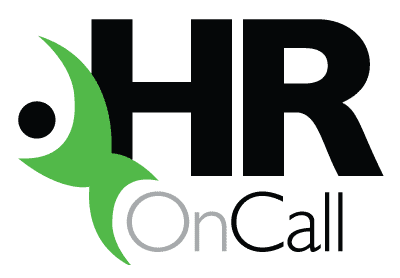[et_pb_section transparent_background="off" allow_player_pause="off" inner_shadow="off" parallax="off" parallax_method="off" custom_padding="0px|0px" padding_mobile="off" make_fullwidth="off" use_custom_width="off" width_unit="on" make_equal="off" use_custom_gutter="off"][et_pb_row][et_pb_column type="4_4"][et_pb_text admin_label="Text" background_layout="light" text_orientation="left" use_border_color="off" border_color="#ffffff" border_style="solid"]
This article is an interesting view from one of the UK's most influential people in HR. Professor Clutterbuck outlines how we have got talent management and succession planning wrong. He demonstrates this by stating that the wrong people are getting to the top.
Some of the myths he identified are
1. line managers are effective in recognising and encouraging talent among their direct reports.
2. job descriptions are important
3. high performance in one role is a clear indicator of high potential in another. "
4. know precisely who is ready to step into each key role.
HR should "do less"
HR professionals have a lot of superfluous "bling" - which Clutterbuck defines as "all the stuff we've developed over the years, about how to identify talent" - which is holding back actual progress in organisations, he says. HR should actually "do less" to enable leadership development, he says. "We've got to, not necessarily throw away all this HR bling, because we're very much wed into that, but we've got to use it intelligently, so we understand the complexity of it." To enable leadership development, HR should be facilitating "four critical conversations", he says. The first of these happens "inside the head of every talented employee". It involves, "Who am I? What's my identity? What are my real inspirations? Who are my networks? What do I value? What is it about me that leads me to contribute most effectively?" This self-awareness and understanding is vital in successful leaders, he says. The second conversation should take place between the employee and his or her manager. "It's about understanding when they need to move on. When they need take on new roles. When they can go to their boss and say, actually, you're really struggling with that, can I help you out? It's negotiating to have this understanding of where they can contribute more; where they can grow more." The next conversation should see HR making it clear to the organisation's talent "how careers develop here". "You're trying to be honest with them about their goals, and potential scenarios in the organisation, and how to link those together. It has to be much more continuous, much more open dialogue about how roles might develop." The fourth type of conversation is between the social networks of the organisation, and those of employees.
Stand back and enable co-evolution
Succession planning is a "complex dynamic system, [where] things happen, and you don't know what they'll be", Clutterbuck told the Congress. "Trying to control it is a waste of time. It's co-evolution, by which we mean, as the individual changes and grows, that has an impact on the organisation, because how people learn, and the skills they acquire, creates capacity or potential for the organisation. And therefore the organisation, as it changes, creates potential or capacity for the individual. If these two processes seem not to be connected, which they mostly are in these 'one size fits all' programs, then you miss all the benefits of co-evolution. It's self-organising and will happen whether you like it or not. "Real management, real leadership, is being exerted not through the hierarchy but on the intranet, through informal or unseen hierarchies within the organisation." Organisations concerned that allowing this to happen could create leadership "failures" should remember that effective entrepreneurs are expected to fail a couple of times before they succeed, Clutterbuck says. And, he points out, "a very high percentage of our promotions fail anyway. It's just that the system tends to cover up how badly they did". "Very often, when you put people into a role they'll fail. As long as we get more successes than failures, and those successes are brilliant successes, isn't that worth trying?"
Three new leadership roles
Clutterbuck says leadership in the future will see three new roles emerging: the first is "somebody who identifies the issues, the [opportunities or problems] that need to be dealt with"; the second is "people who come up with solutions"; and the third is "the person who finds the resources to enable people to implement those solutions". "With the exception of the last one, none of these are hierarchy dependent," he notes. "What we're beginning to see is that leadership is no longer in the future going to be the capacity of an individual... [or] a specific role. "Leadership is going to be much more distributed; it's going to be much more ad hoc, much more fluid, and much more complex. "As HR you can either get in the way, and try and create a few more tools to pin them down, or get out of the way and say 'How can we enable these processes to happen? What can we do to support this? Can we teach people to be able to network and do these things more effectively?' "It's your choice. The challenge to you is, can you continue to do what you've done for the last 10 or 15 years in talent management and succession planning, or can you look to the future and say how can we be more effective, by embracing the opportunity to do much less?"
[/et_pb_text][et_pb_text admin_label="Tag Cloud" global_module="1581" background_layout="light" text_orientation="left" use_border_color="off" border_color="#ffffff" border_style="solid" custom_padding="||0|" module_id="tagspace" saved_tabs="all"] Tags
[the_tags][/et_pb_text][/et_pb_column][/et_pb_row][/et_pb_section]

